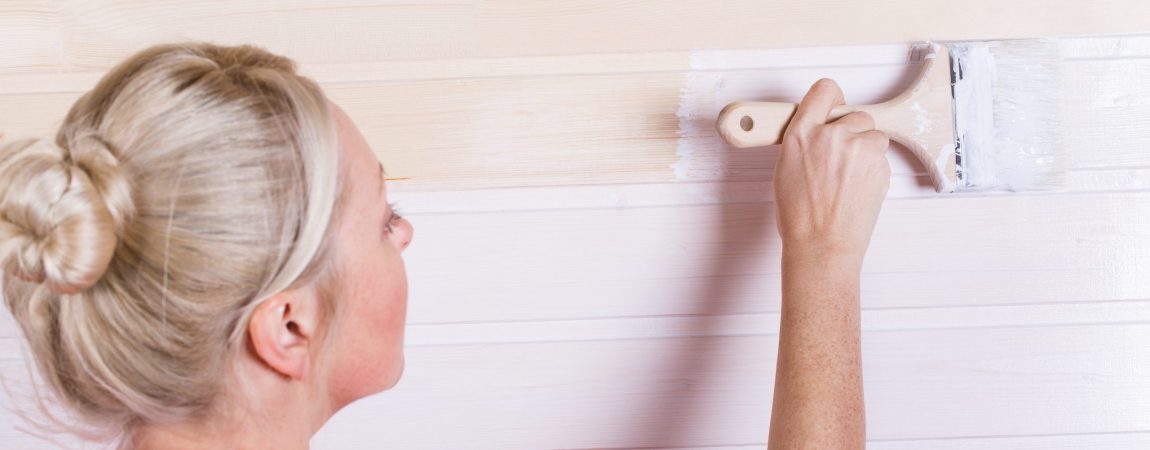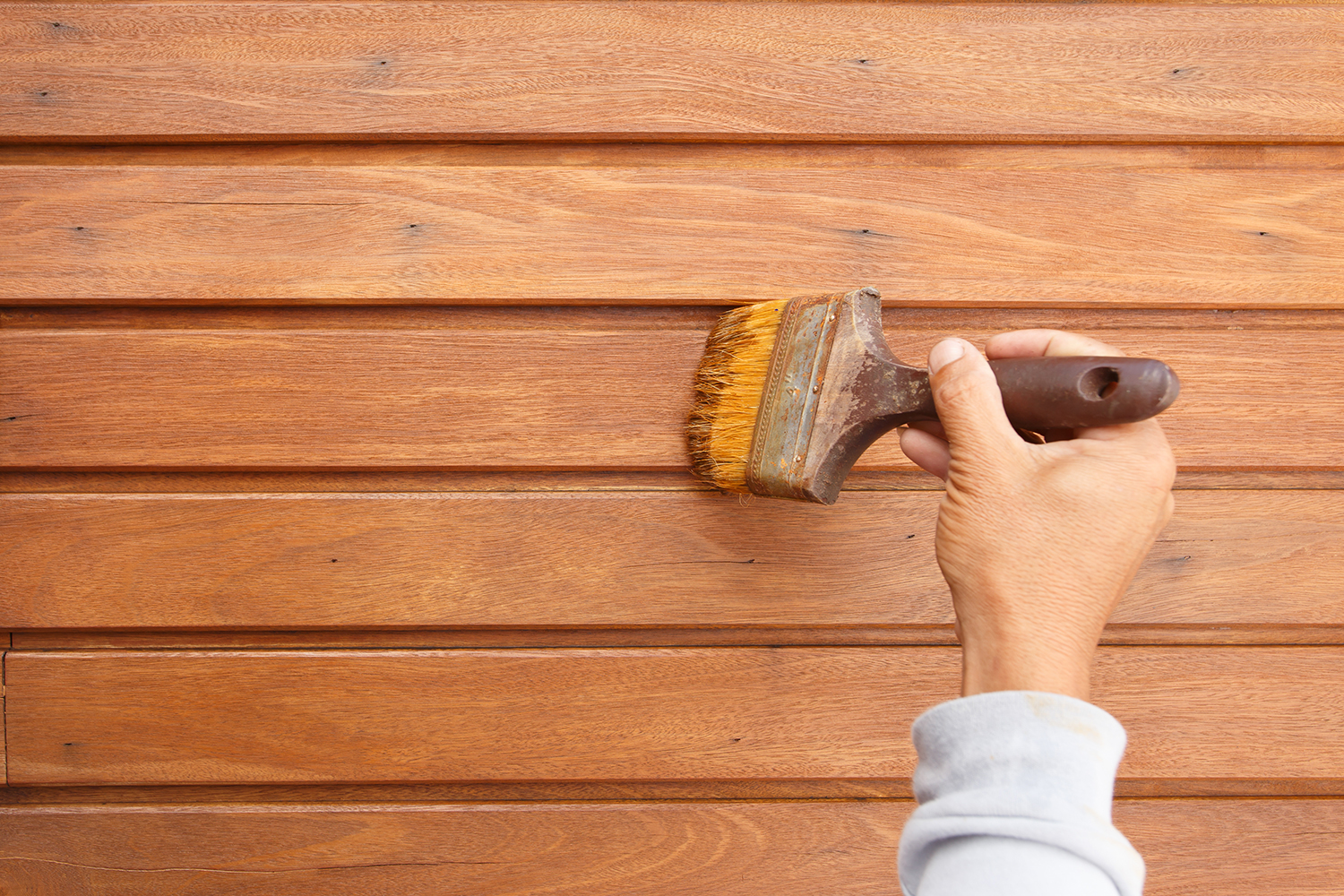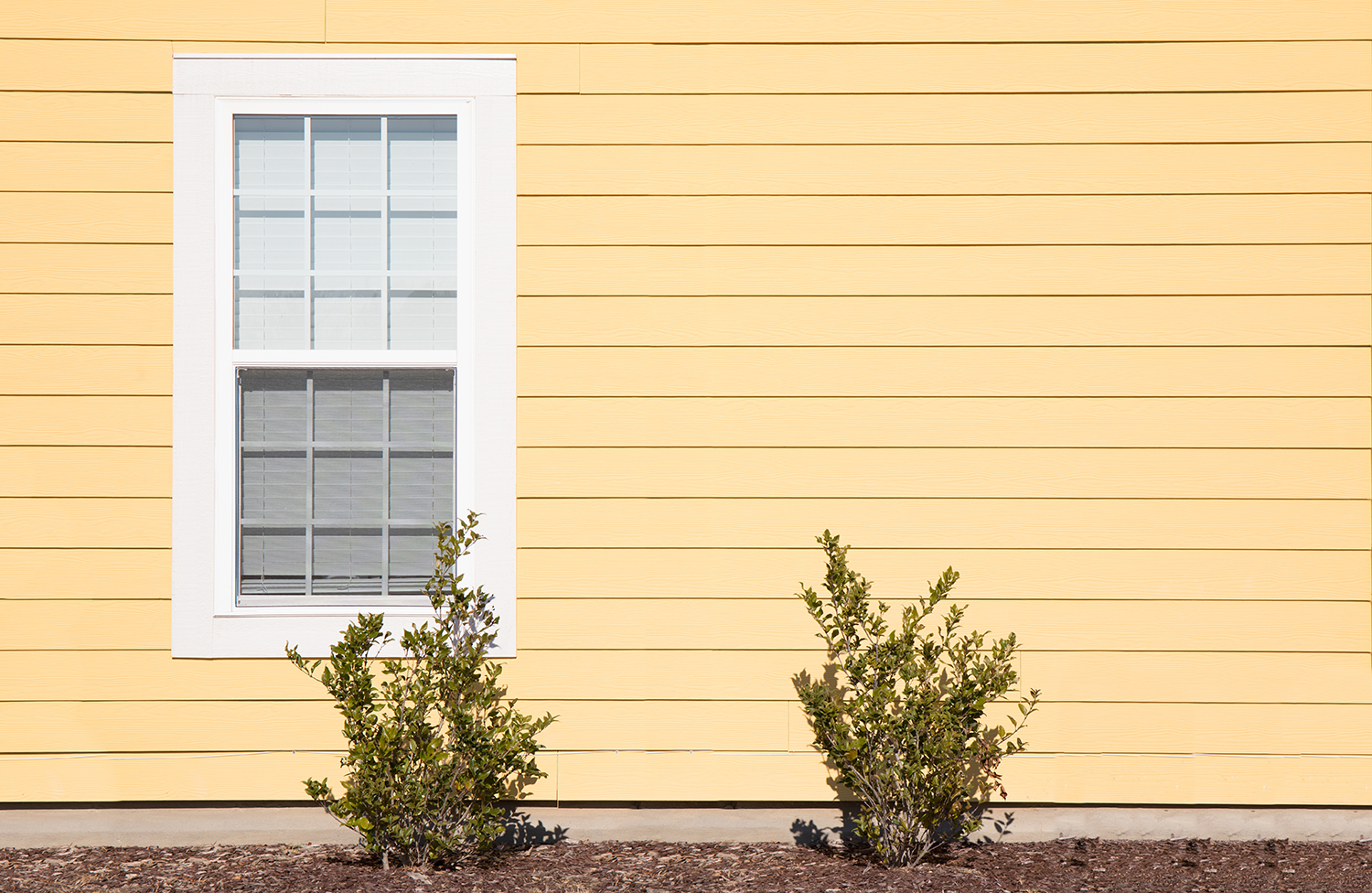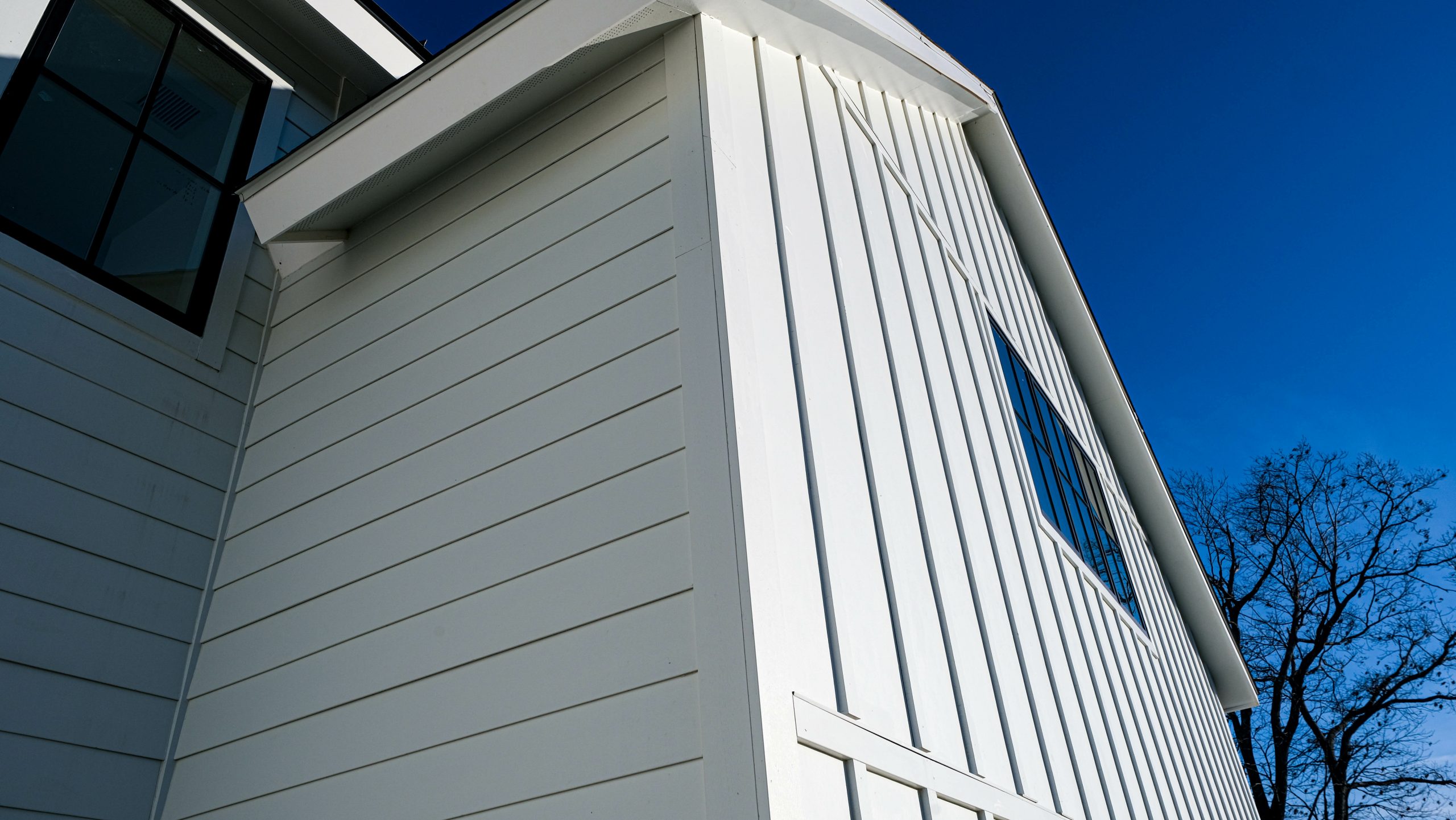
Can You Paint Siding?
Posted on February 8, 2022
Can You Paint Siding?
If you’ve considered a fresh coat of paint on your home’s exterior, knowing where to start is half the battle. Whether your home has natural wood, aluminum, vinyl, or hardie board (fiber cement) siding, each type of material requires a different approach when it comes to painting.
So, can you paint siding? The most simple answer is yes, but respecting the material with the correct preparation, tools and paint will ensure the finished product comes out looking spectacular.
Read on to find out how to approach painting each type of siding.

Painting Natural Wood Siding
Because of its natural elements, this type of siding needs protecting. Making sure you’re staying on top of maintenance of your natural wood siding will guarantee your home stays in good shape and looks beautiful.
A good way to maintain the integrity of your natural wood siding is to refresh its paint. Here’s a quick overview of how to paint natural wood siding.
Step 1: Inspect Your Siding
Check to see if there is any flaking, peeling, exposed seams, or rotting wood. These problems need to be addressed before you begin painting.
Step 2: Scrape and Sand Loose Paint
After putting down drop cloths to catch any paint debris, use a paint scraper to remove any flaking or peeling paint to ensure a smooth finish. Next, using a sander, begin sanding with a coarse abrasive and finish with a fine abrasive to smooth the edges between painted and scraped areas. Failing to thoroughly prep your natural wood siding before painting can result in uneven coverage or more peeling. Additionally, painting over wood with high moisture content does not stop the deterioration process and should replaced.
Step 3: Prime Wood
You’ll need to wash the surface of the wood before painting. Ideally, use a pressure washer to blast away any dirt or remaining paint chips by going from bottom to top to avoid any staining. Be extremely careful to not get water behind the siding as this can cause moisture issues inside your home. Let dry for 2 or 3 days before you start painting.
Step 4: Paint
We recommend applying a primer/sealer before painting your base color to ensure the paint bonds to the wood correctly. Once that coat dries completely, apply your paint color! Starting from the top and working down, make sure you’re applying paint evenly to avoid noticeable markings as it dries.
Painting Aluminum Siding
A popular choice post World War II, aluminum requires very little maintenance and has great insulation and weather protection qualities.
Although a cheap and durable material, it is prone to dents and fast-fading paint. A quick coat of paint will keep your aluminum-clad home sparkling!
Step 1: Prep the Surface
Inspect the aluminum siding and scrape off any peeling or flaking paint, as well as any old caulk lines. Scrub away any mildew and grime with warm, soapy water. Alternatively, using a power-washer will speed up this process, just be careful not to get water behind the aluminum siding. Let dry for 2 or 3 days before you start painting. Without thorough prep, the paint finish will bubble up, peel or fade faster than intended resulting in you having to do another painting project.
Step 2: Prime the Surface
A galvanized metal etching primer will give you the best results when painting your aluminum siding. You’ll want to use a synthetic polyester paintbrush to cover the full surface area and let it cure for at least 4 hours.
Step 3: Paint
Using 100% acrylic exterior paint, use a brush to paint the edges first before loading your paint roller. Run the roller in the direction the siding is oriented (side to side if horizontal, up and down if vertical), working your way from the top to the bottom. Let the paint dry for at least 2 hours before applying another coat.

Painting Vinyl Siding
By far the most popular siding material for home exteriors, vinyl is considered maintenance-free that doesn’t usually require painting due to color being mixed in with the material. However, vinyl siding can lose its luster over time or you might be wanting a facelift for your home.
Whatever the case, you can paint vinyl siding, it’s just important to remember that your vinyl siding will now be as maintenance-free as the paint itself.
It is also important to check if painting your vinyl siding voids any manufacturer warranties that may still be in effect.
Step 1: Clean the Vinyl
Rinse your siding with water. Then, with a cleaning solution, scrub away grime, grease, and debris, working from the bottom to the top. Do not get water behind the siding as this can cause costly moisture issues down the line. Be sure it dries completely before moving to the next step.
Step 2: Prime (Optional)
Vinyl siding does not require a primer, but it won’t hurt to use one, especially if your siding has deteriorated or withstood severe weathering. Let the primer dry completely.
Step 3: Paint
Paint an even coat of exterior paint, using the same technique you used when priming. Let the first coat dry completely before applying a recommended second coat.
Painting Hardie Board Siding
Talk about durable. Hardie Board, also known as fiber cement siding, is a composite material made of concrete substrate. Far heavier than its counterparts, it’s extremely durable and typically doesn’t need a paint refresh for up to 20 years.
Painting hardie board is not only possible, it’s recommended to extend its durability and keep your home looking fresh.
Step 1: Clean
Using a simple garden hose or a pressure washer, spray away any dirt, grime, grease and dust. It’s best to start at your roofline and work your way down.
Step 2: Prime
If you’re working with brand new hardie board siding, determine whether it is Prefinished, Factory Primed or Unprimed. If your siding is Unprimed, you will need to apply an exterior-grade acrylic latex primer before you begin painting. If you have a Prefinished or Factory Primed hardie board, you can skip this step.
Step 3: Paint
Luckily, hardie board is an extremely easy material to paint. However, no matter what method you use to paint (brush, roller, sprayer, etc), you’ll need to apply two coats of paint to achieve the best finish.
Conclusion
As you can see, it’s possible to paint any type of siding. The kicker is the amount of time these projects can take, the equipment and the general know-how that can turn a weekend project into an expensive overhaul.
Consider calling CertaPro Painters® to tackle any of your exterior painting needs! Contact us today to schedule a consultation.




